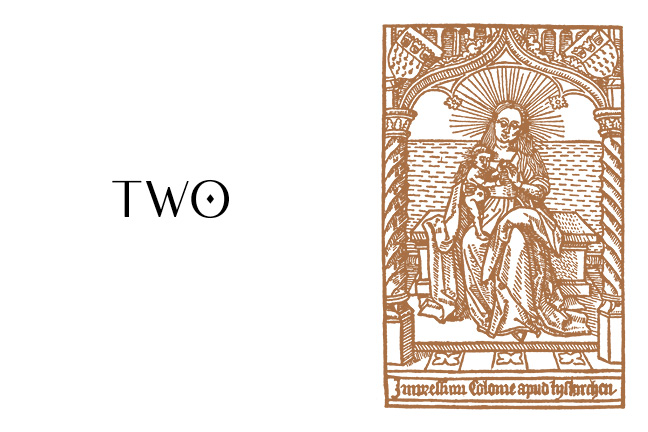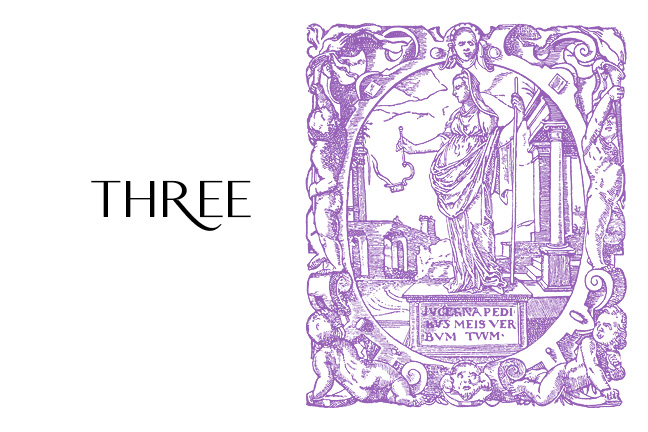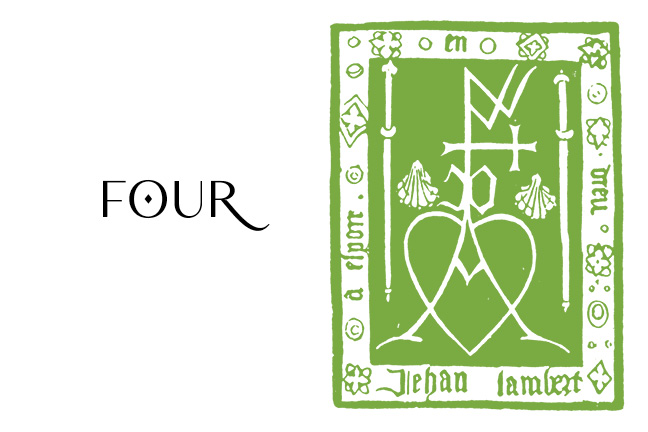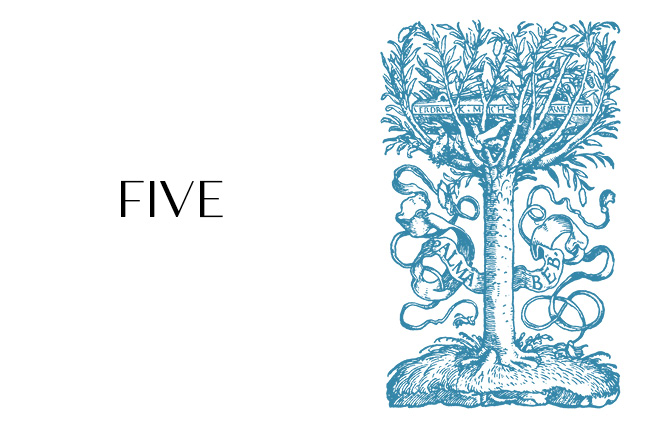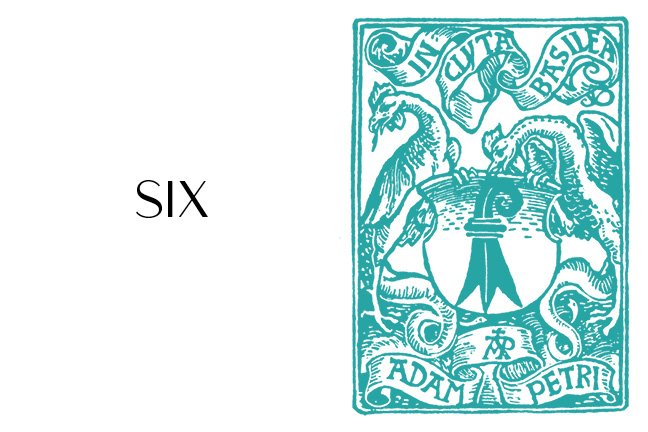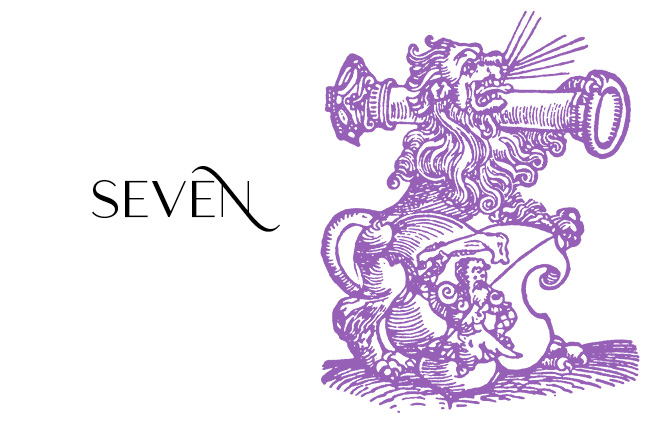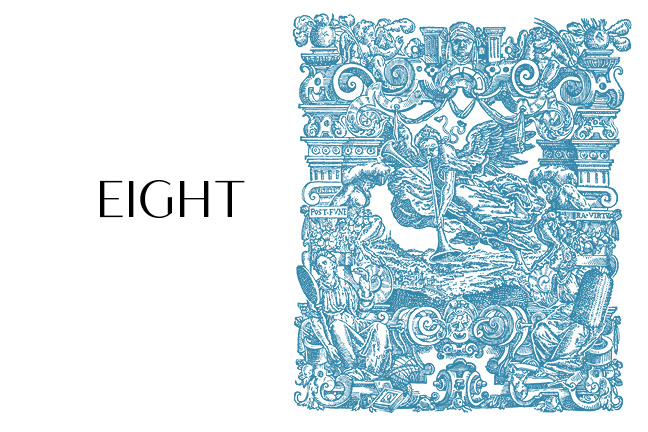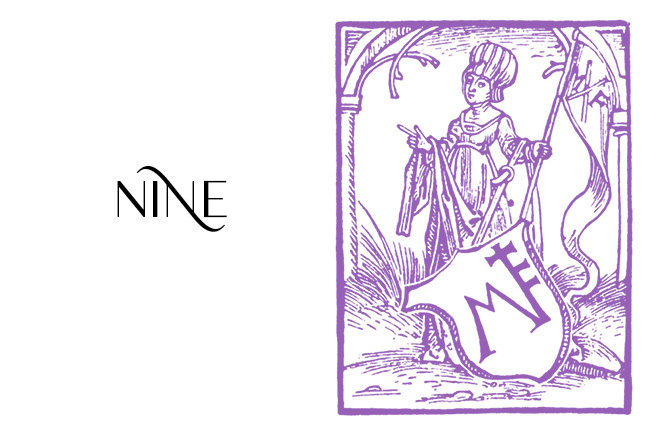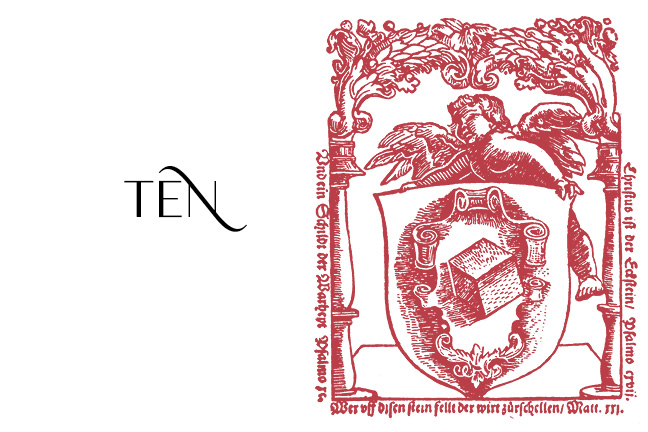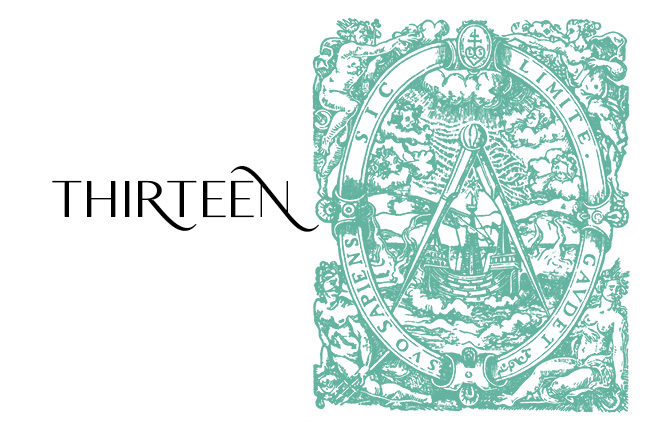Printer’s Marks Part 12
A GRANITE BAY ![]() DESIGN MICROSITE
DESIGN MICROSITE
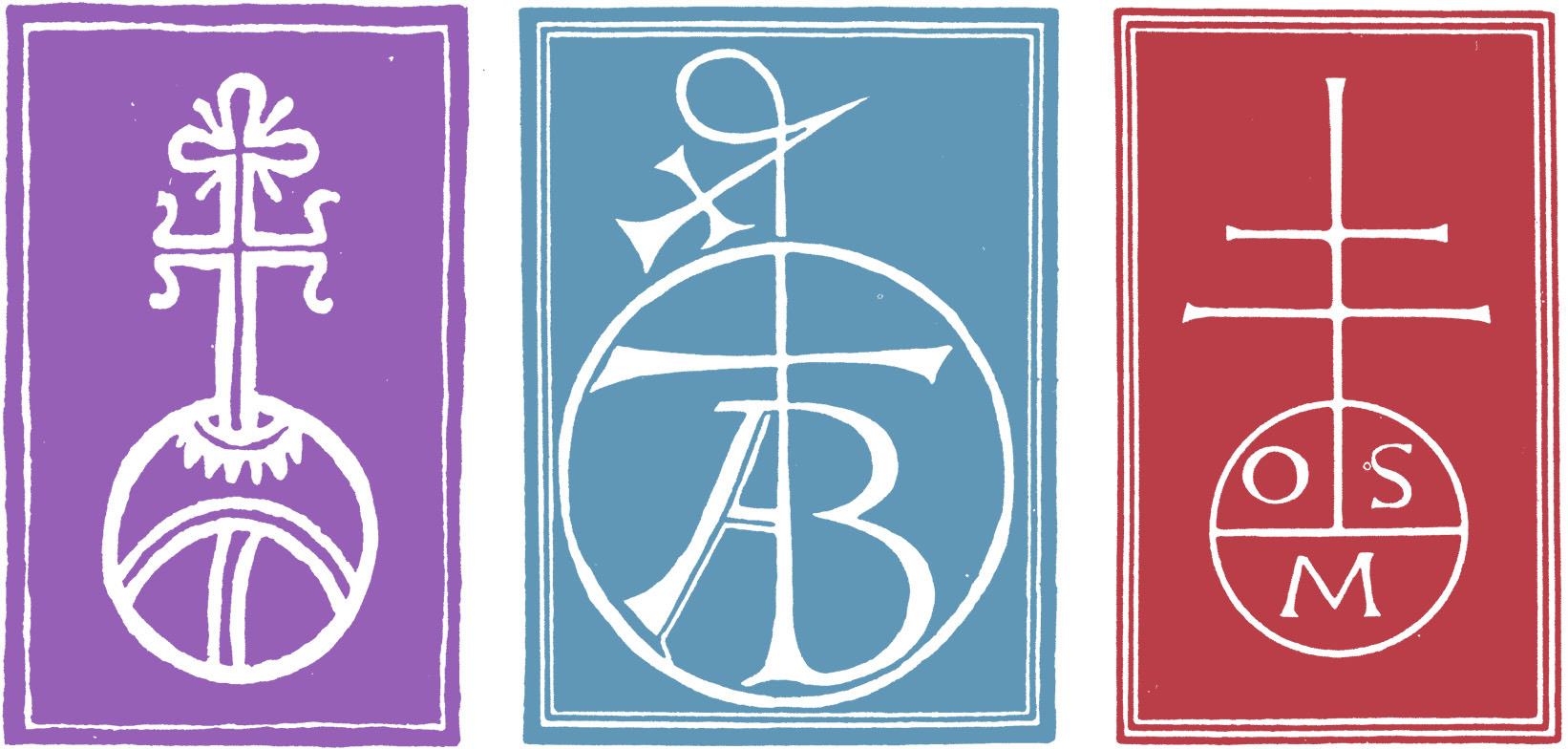
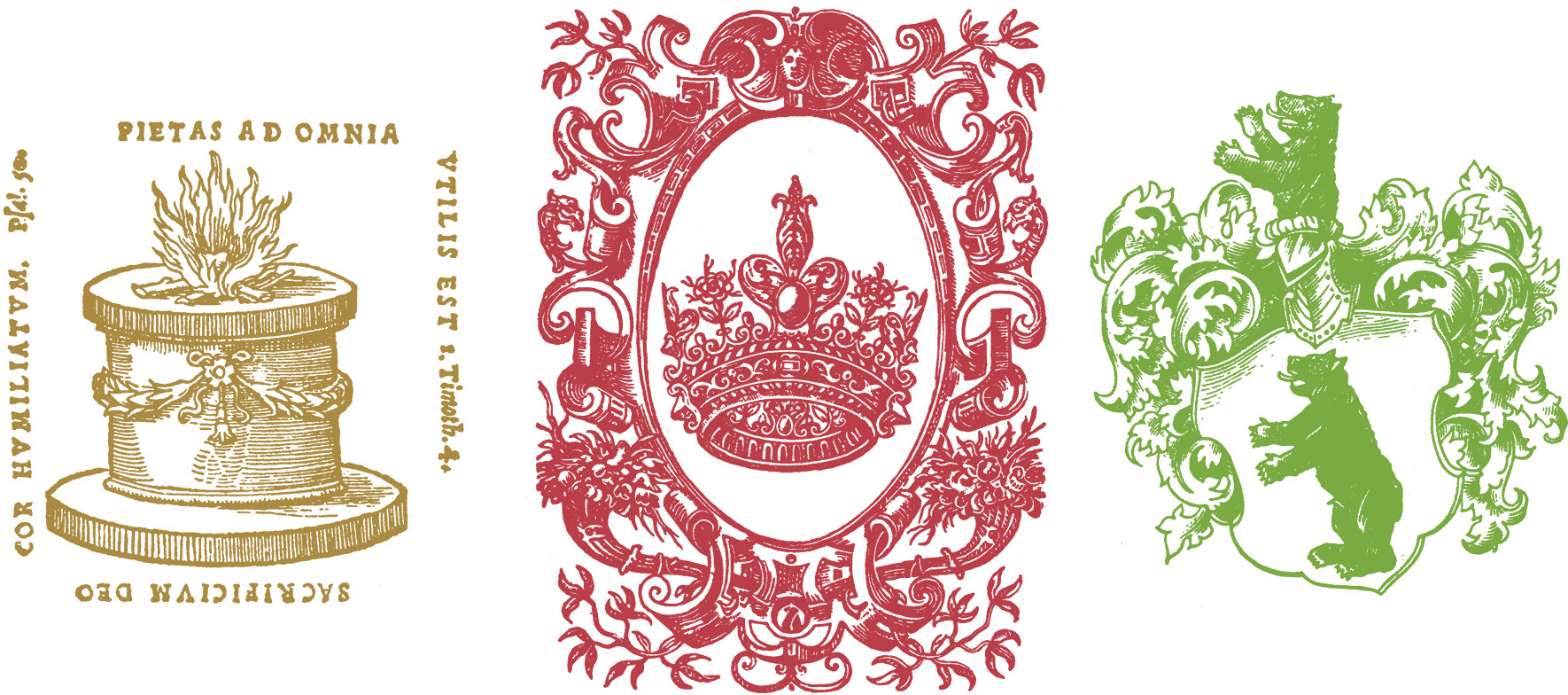
Printer’s Marks Part 12
Christian Egenolff (Frankfurt 1545)
Symphorien Beraud (Lyon 1593)
Konrad Berner (Frankfurt 1600)
The History of Printing
“The oldest extant evidence of woodblock prints created for the purpose of reading are portions of the Lotus Sutra discovered at Turpan in 1906. They have been dated to the reign of Wu Zetian using character form recognition. The oldest text containing a specific date of printing was discovered in the Mogao Caves of Dunhuang in 1907 by Aurel Stein. This copy of the Diamond Sutra is 14 feet (4.3 metres) long and contains a colophon at the inner end, which reads: Reverently [caused to be] made for universal free distribution by Wang Jie on behalf of his two parents on the 13th of the 4th moon of the 9th year of Xiantong [i.e. 11 May, AD 868 ]. It is considered the world’s oldest securely-dated woodblock scroll. The Diamond Sutra was closely followed by the earliest extant printed almanac, the Qianfu sinian lishu (乾符 四年曆書), dated to 877. From 932 to 955 the Twelve Classics and an assortment of other texts were printed. During the Song dynasty, the directorate of education and other agencies used these block prints to disseminate their standardized versions of the Classics. Other disseminated works include the Histories, philosophical works, encyclopedias, collections, and books on medicine and the art of war. In 971 work began on the complete Tripiṭaka Buddhist Canon (Kaibao zangshu 開寶藏書) in Chengdu. It took 10 years to finish the 130,000 blocks needed to print the text. The finished product, the Sichuan edition of the Kaibao canon, also known as the Kaibao Tripitaka, was printed in 983. During the Song dynasty, the three major centers of printing were Hangzhou, Jianyang, and Chengdu.”
from The History of Printing on Wikipedia
The printer’s marks were scanned from the copyright free book “Symbols, Signs & Signets” by Ernst Lehner.


